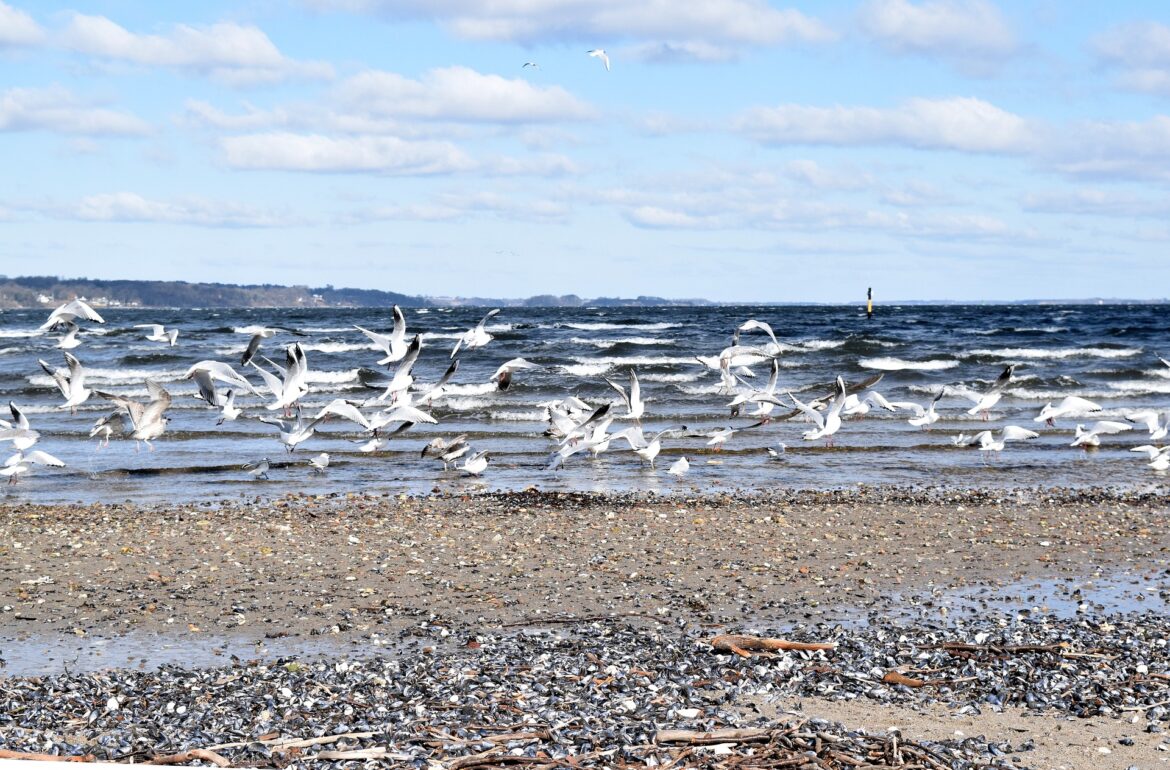Nitrogen pollution caused in water bodies (both in groundwater and surface water) by human activity is a growing concern in environmental protection, not only in Estonia but also worldwide.
The scientists of the Water and Environmental Engineering Research Group of Tallinn University of Technology participate in an international EU Interreg research project GURINIMAS, the objective of which is to give a quantitative estimate of the possibilities to reduce nitrogen pollution in the Baltic Sea.
Excessive nutrient (mainly nitrogen and phosphorus) loads cause eutrophication of water bodies and deterioration of groundwater and surface water quality. In simplified terms, eutrophication means excessive growth of algae and the resultant degradation process creating the state of hypoxia and causing reduction in water quality. The depleted oxygen levels in turn have an adverse effect on the living environment of fish and other aquatic animals.
A member of the research group, Professor of TTÜ Department of Civil Engineering and Architecture Arvo Iital says, “At present it is important to identify the sources of nutrients (nitrogen and phosphorous compounds) that cause deterioration in water quality – this will enable removal of the nutrients.”
Unfortunately there is relatively little information so far about various sources of pollution, e.g. natural loads from forests and swamps (not human-induced pollution). The scientists attempt to fill this gap with the current project.
“The study involves economy wide (agriculture, industry, power engineering, forest management, fishing industry, transportation, waste management, waste water treatment) inventory of bioavailable nitrogen in the catchment area in Estonia (incl. in the Gulf of Riga) and investigation of nitrogen cycle in the atmosphere and hydrosphere. We will analyse nitrogen import and export in the selected catchment areas in Estonia and Latvia (e.g. the Pärnu River and the Daugava River),” Professor Iital explains.
Based on this inventory, the nitrogen balance of the catchment area of the Gulf of Riga and the most important risk areas of nitrogen flows will be defined. Then we can develop an integrated nitrogen management system targeted to reduce pollution.
TTÜ scientists are responsible for the development of a realistic methodology for calculating actual nitrogen flows that is suitable for Estonia and Latvia.
“The research project aims to create an important nitrogen cycle strategy for the Baltic Sea area underlying the development of the corresponding policy and action plan,” Arvo Iital says. The final analysis of nitrogen inputs and outputs will be completed by autumn in 2018.
Project webpage: http://www.envir.ee/en/news-goals-activities/protection-marine-environment/gurinimas
Additional information: Professor Arvo Iital, TTÜ Department of Civil Engineering and Architecture, Water and Environmental Engineering Research Group, phone 620 2506; arvo.iital@ttu.ee
Original post by Tallinn University of Technology
 Back
Back



